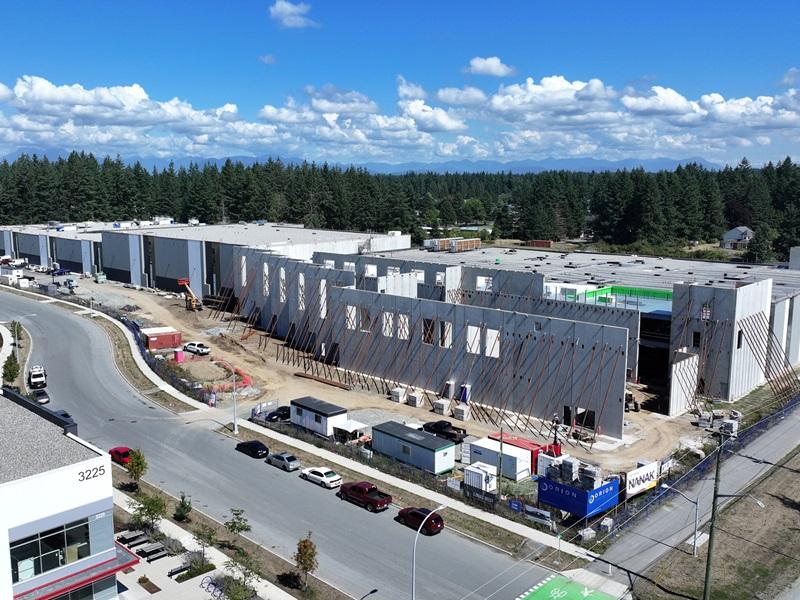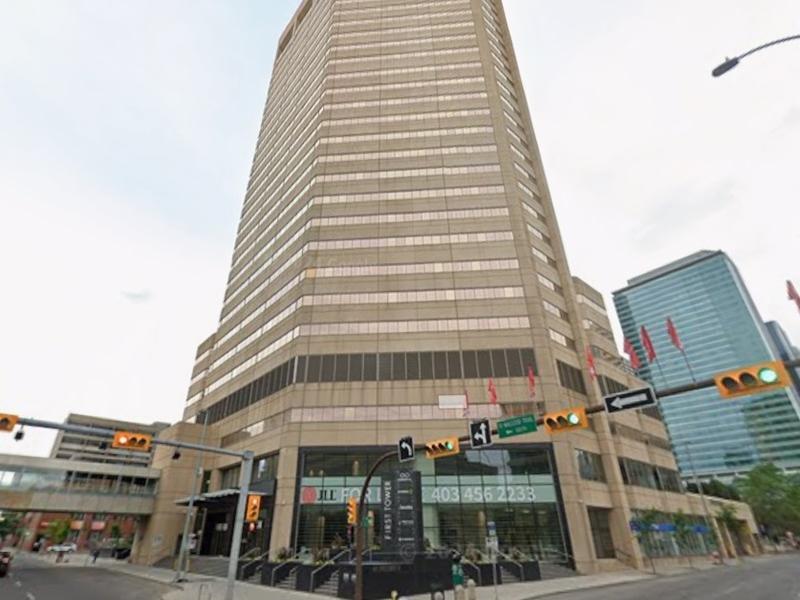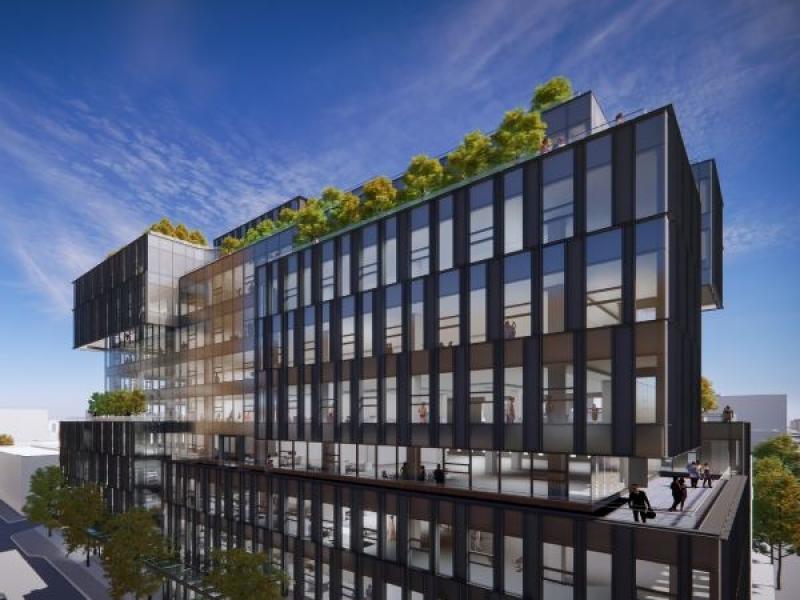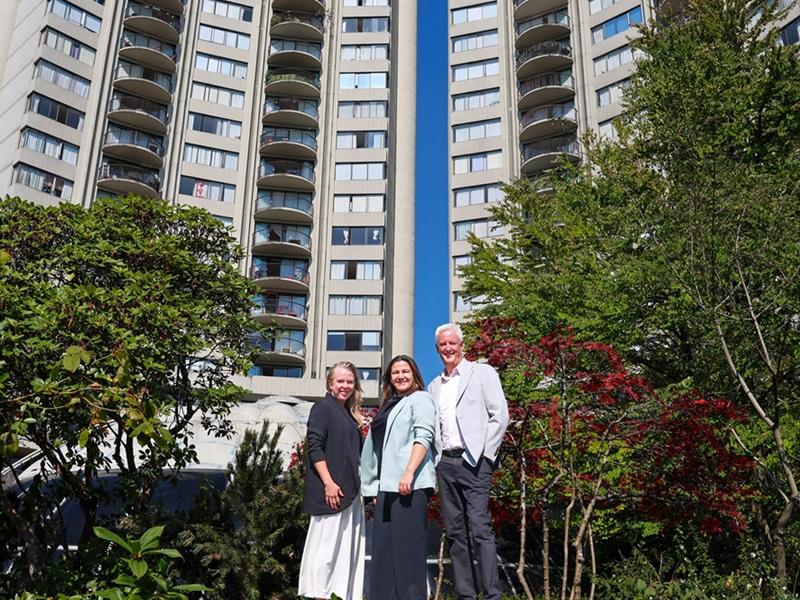
Vacancy in Metro Vancouver’s industrial market remains elevated, presumably presenting more options and good deals for tenants, but a large portion of the older inventory doesn't match the needs of companies seeking state-of-the-art space.
One of the main obstacles is that older buildings, despite their availability, don’t have the power requirements to fulfill the needs of many logistics or manufacturing tenants that rely on automation.
Overall, vacancy in the region rose for the 12th consecutive quarter in Q2 2025, reaching four per cent, according to Avison Young's latest regional industrial market report.
While the pace of increase has slowed in recent quarters, the current vacancy rate remains more than double the 1.9 per cent reported in Q4 2023, and four times higher than the 1.0 per cent in Q2 2023, the report notes.
Current conditions generally favour tenants, with landlords facing increased competition. Gross lease rates, however, have held steady over the past three years between $26.92 and $27.57, Avison Young said.
'Two tracks to the market'
"There are two tracks to the market currently – it's the newer automation-ready, sustainable space, that's been delivered to the market over the last year, versus the older product," said Cameron Archer, director of sales and marketing with Orion Construction, a Langley-based industrial construction specialist.
Archer said they've seen new industrial spaces attracting users, while older space with lower ceiling heights, less adaptability and particularly – lower power capacity – is seeing less demand.
Orion is seeing most of its demand coming from clients seeking to design and build a tailored warehouse or factory or distribution centre for a tenant or themselves.
"We're seeing ... clients ... looking at advanced automation for their distribution systems," he said.
Automated racking and picking can function with about a quarter of the human power needed in the past, but these systems and buildings also require "pretty intensive" design, enhanced water flow and electrical systems, he said.
That is why recent deals like Intelcom’s 203,000-square-foot distribution centre in Burnaby and IEM’s 727,000-square-foot deal at the Latimer Lake Logistics Park in Surrey continue to land in new buildings while some older stock sits on the sidelines.
Older buildings can no longer rely on film and TV leases
Michael Farrell, principal with Avison Young in Vancouver, agreed that owners of non-central, older industrial buildings are having a harder time leasing these spaces than those with newer buildings.
Over the past 10 years, those buildings could rely on TV and film production and basic storage to take space.
"A lot of studios were leasing pretty much any ... C-class building,” he said in an interview. “They thought they could put some type of studio in it, or use it for storage, for sets, et cetera, and with all the big streamers doing less production everywhere, including Metro Vancouver, a lot of those leases have rolled off and that space has come back to the market.”
Farrell agreed market conditions aren't giving developers and builders the confidence to build on spec: "There's a few here and there, but not really anything of scale, and they don't have the confidence."
As for the demand that remains, Archer said he is seeing manufacturers, food processors, pharma manufacturing and distribution companies that are port-related still snapping up space, especially the larger footprints.
Right now, there's a record volume of subleased space on the market, Archer added.
"There are a lot of options on paper, but a lot of these sublease spaces fall into that category of older product ... they're not automation ready; they're restricted in servicing; (and), they haven't had the forecast of power requirements that a lot of these new users need."
Market could 'turn on a dime'
Farrell points out that Metro Vancouver is a relatively small industrial market of about 220 million square feet in total. While overall industrial availability is at five per cent, there isn't an abundance of choice, especially in larger footprints.
"We're seeing the most activity from larger users (that are) 75,000 or 100,000 square feet or larger," he said.
Those larger occupiers sometimes have a view of the economy outside of Vancouver and will make moves now to get larger spaces on preferred terms, rather than battle it out later when the space squeeze returns, Farrell said.
There is currently 4.7 million square feet under construction across 40 projects and 50 per cent of that space is already spoken for, according to Avison Young. "That's off peak," Farrell said, noting that when the market "was full steam ahead," about 70 per cent of new builds were pre-leased or committed to.
Big picture, the industrial story in Vancouver is the same as it ever was, Farrell said: "There's a limited supply of industrial land in this market, so, even though it's down a little right now, there's a bright side to that for tenants."
Developers could start building again more quickly than some expect, he added. "I think this market will turn on a dime when conditions start to change," he said.









